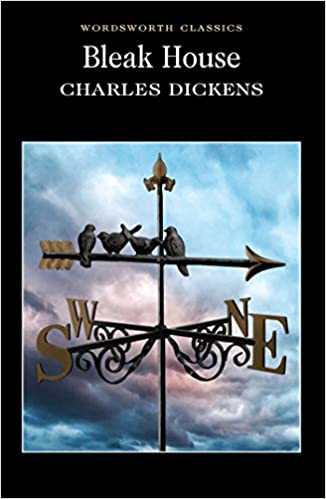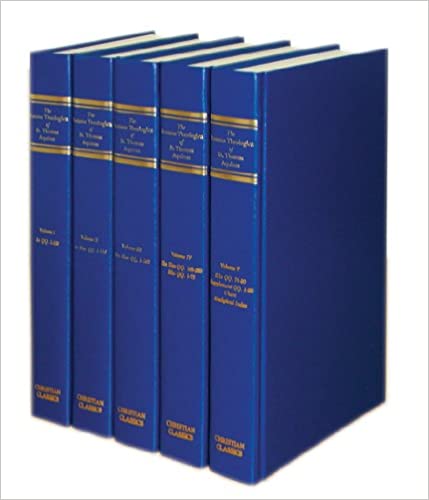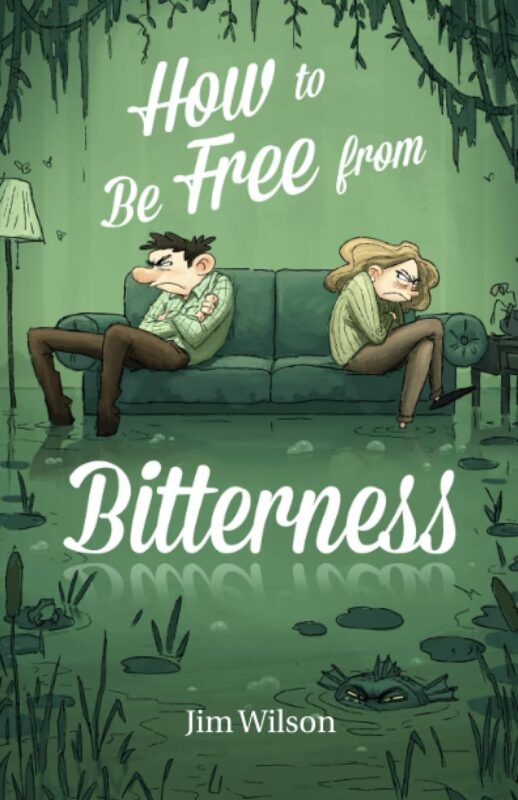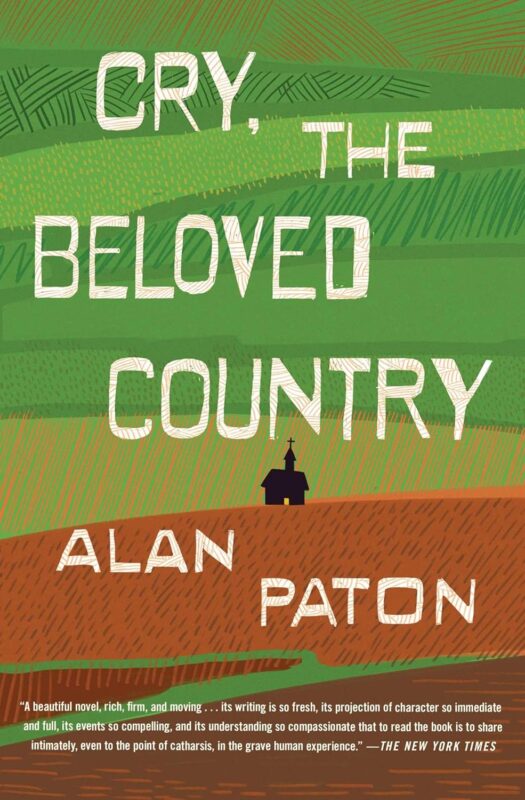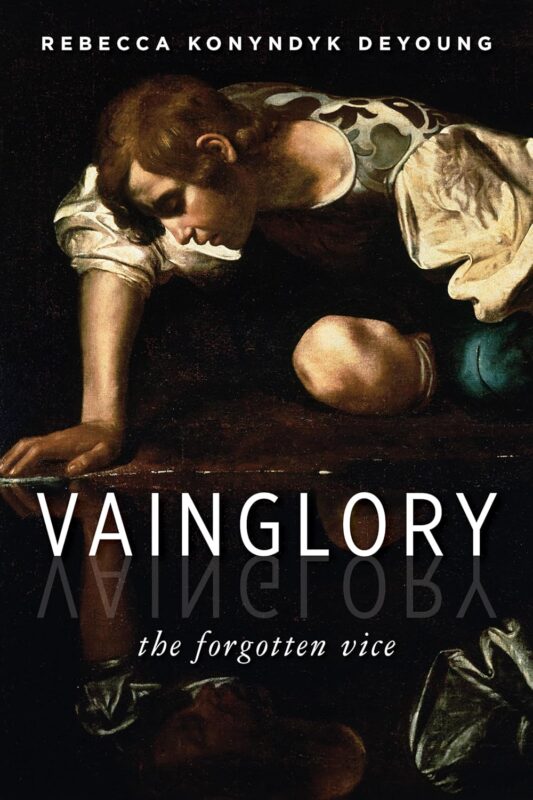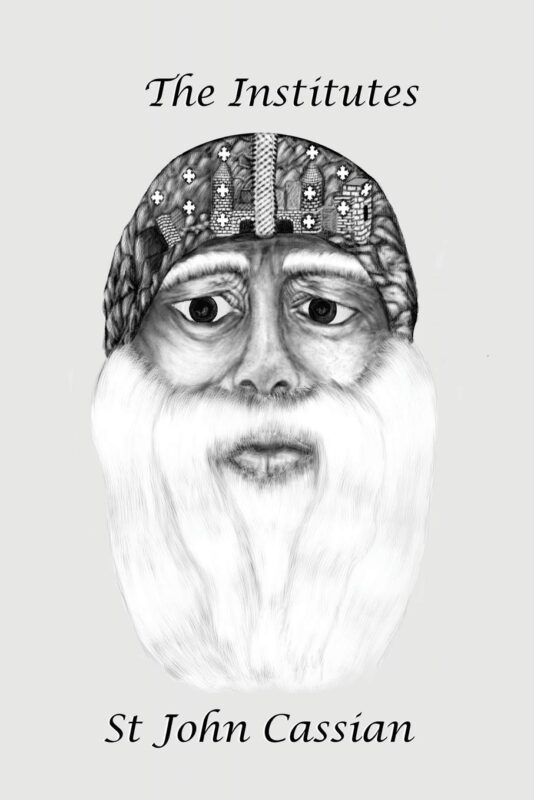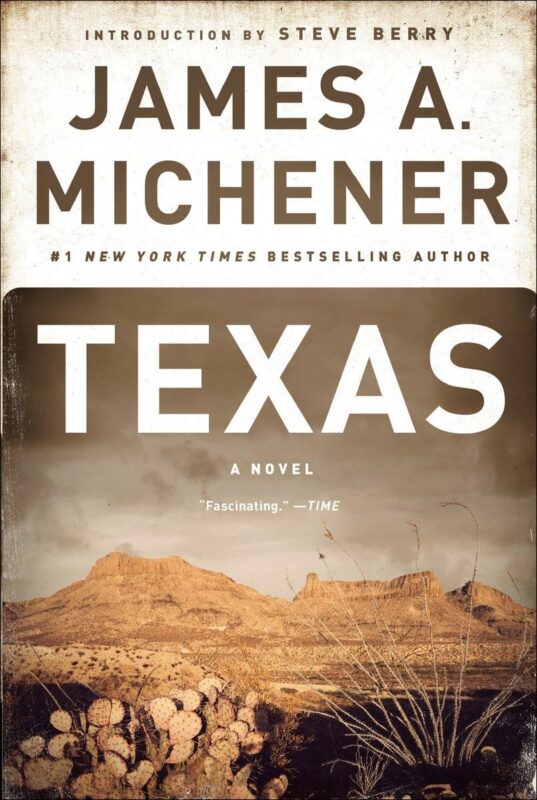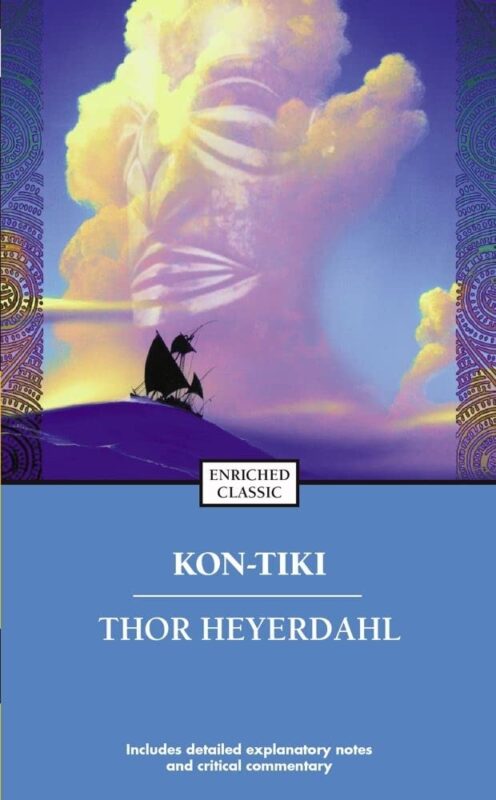Bleak House
Bleak House is one of Dickens' finest achievements, establishing his reputation as a serious and mature novelist, as well as a brilliant comic writer. It is at once a complex mystery story that fully engages the reader in the work of detection, and an unforgettable indictment of an indifferent society. Its representations of a great city's underworld, and of the law's corruption and delay, draw upon the author's personal knowledge and experience. But it is his symbolic art that projects these things in a vision that embraces black comedy, cosmic farce, and tragic ruin. In a unique creative experiment, Dickens divides the narrative between his heroine, Esther Summerson, who is psychologically interesting in her own right, and an unnamed narrator whose perspective both complements and challenges hers.
With an Introduction and Notes by Doreen Roberts, University of Kent at Canterbury
The Summa Theologica of St. Thomas Aquinas
The Summa Theologica, St. Thomas Aquinas' brilliant synthesis of Christian thought, has had a decisive and permanent impact on philosophy and religion since the thirteenth century. As the title indicates, is a summing up of all that can be known about God and humanity's relations with God. Divided into three parts, the work consists of 38 tracts, 631 questions, about 3000 articles, 10,000 objections and their answers. This complete edition of the work, published in five volumes, was translated into English by the Fathers of the Dominican Province and first appeared in 1911. A revised edition was published in London in 1920, and in America in 1947. The Christian Classics edition is a reproduction of the 1947 Benziger Brothers edition.
More info →How to Be Free from Bitterness
Bitterness often grows out of a small offense - perhaps a passing word, an accidental shove, or a pair of dirty socks left in the middle of the living room floor. Yet when bitterness takes root in our hearts, its effects are anything but small. As the Apostle Paul says in Ephesians, we have been called to leave the bitterness and anger of the world and instead embrace the love and compassion of our God. Therefore, the bitterness must go. The authors remind us that we are to forgive others just as we have been forgiven, pointing to Scriptural admonitions and examples as they offer sound teaching on the trials and temptations of every day life.
With more than 300,000 copies in print and translations in 23 languages, this book has helped thousands to overcome their bitterness since its first publication in 1990. Read it today, and be free.
Contents:
1. How to Be Free from Bitterness
2. Forgiving Others
3. Man’s Anger
4. Fits of Rage
5. Taking Offense
6. Bridling the Tongue
7. Introspection
8. How to Receive Bitterness
9. Relationships with Parents
10. Saturation Love
11. How Does a Woman Become Secure?
12. The Responsible Man
13. Q&A on Becoming a Christian
14. The Gospel
More info →Cry, the Beloved Country
An Oprah Book Club selection, Cry, the Beloved Country, was an immediate worldwide bestseller when it was published in 1948. Alan Paton’s impassioned novel about a black man’s country under white man’s law is a work of searing beauty.
Cry, the Beloved Country, is the deeply moving story of the Zulu pastor Stephen Kumalo and his son, Absalom, set against the background of a land and a people riven by racial injustice. Remarkable for its lyricism, unforgettable for character and incident, Cry, the Beloved Country is a classic work of love and hope, courage and endurance, born of the dignity of man.
More info →Vainglory: The Forgotten Vice
Julia Roberts on the red carpet at the Oscars. Lady Gaga singing “Applause” to worshipful fans at one of her sold-out concerts. And you and me in our Sunday best in the front row at church. What do we have in common?
Chances are, says Rebecca Konyndyk DeYoung, that we all suffer from vainglory -- a keen desire for attention and approval. Although contemporary culture has largely forgotten about vainglory, it was on the original list of seven capital vices and is perhaps more dangerous than ever today.
In Vainglory: The Forgotten Vice DeYoung tells the story of this vice, moving from its ancient origins to its modern expressions. She defines vainglory, gives examples from popular culture, explores motivational sources, and discusses other vices associated with it such as hypocrisy and boasting. After exposing the many ways in which vainglory can rear its ugly head, she explores personal spiritual practices that can help us resist it and community practices that can help us handle glory well.
More info →The Institutes
After travelling to Egypt from Rome during the fourth century, known as the golden age of Christian Monasticism in the east, St John Cassian wrote two books for the benefit of those who were curious of the monastic life. This book is one of those two. The Institutes first describes the dress of the monks and their prayer life before writing about the ''eight vices'' which any monk must struggle against.
The Institutes is a classic monastic writing and essential reading for anyone who wants to benefit spiritually in overcoming their weaknesses or temptations. All the writings in this book are inspired either by the life or advices of the saintly monks whom St John encountered.
More info →Show Your Work!: 10 Ways to Share Your Creativity and Get Discovered
In his New York Times bestseller Steal Like an Artist, Austin Kleon showed readers how to unlock their creativity by “stealing” from the community of other movers and shakers. Now, in an even more forward-thinking and necessary book, he shows how to take that critical next step on a creative journey―getting known.
Show Your Work! is about why generosity trumps genius. It’s about getting findable, about using the network instead of wasting time “networking.” It’s not self-promotion, it’s self-discovery―let others into your process, then let them steal from you. Filled with illustrations, quotes, stories, and examples, Show Your Work! offers ten transformative rules for being open, generous, brave, productive.
In chapters such as You Don’t Have to Be a Genius; Share Something Small Every Day; and Stick Around, Kleon creates a user’s manual for embracing the communal nature of creativity― what he calls the “ecology of talent.” From broader life lessons about work (you can’t find your voice if you don’t use it) to the etiquette of sharing―and the dangers of oversharing―to the practicalities of Internet life (build a good domain name; give credit when credit is due), it’s an inspiring manifesto for succeeding as any kind of artist or entrepreneur in the digital age.
More info →Texas: A Novel
Spanning four and a half centuries, James A. Michener’s monumental saga chronicles the epic history of Texas, from its Spanish roots in the age of the conquistadors to its current reputation as one of America’s most affluent, diverse, and provocative states. Among his finely drawn cast of characters, emotional and political alliances are made and broken, as the loyalties established over the course of each turbulent age inevitably collapse under the weight of wealth and industry. With Michener as our guide, Texas is a tale of patriotism and statesmanship, growth and development, violence and betrayal—a stunning achievement by a literary master.
More info →Duties of Christian Fellowship
Duties of Christian Fellowship deals with a matter of perennial concern for every truly Christian church. In just a few pages it sets out in very concise terms the responsibilities all Christians have, first, to their pastors, and then second, to one another within the fellowship of the local church.
John Owen was a pastor as well as a theologian and therefore this is a most practical manual of church fellowship. It was likely intended to be read by individuals with self-examination, meditation and prayer, but it would also be very suitable for group Bible study or adult Sunday School classes. This edition is enhanced by a modernized text and the addition of questions which have been added to facilitate group discussion.
More info →Kon-Tiki: Across the Pacific in a Raft
Kon-Tiki is the record of an astonishing adventure—a journey of 4,300 nautical miles across the Pacific Ocean by raft. Intrigued by Polynesian folklore, biologist Thor Heyerdahl suspected that the South Sea Islands had been settled by an ancient race from thousands of miles to the east, led by a mythical hero, Kon-Tiki. He decided to prove his theory by duplicating the legendary voyage.
On April 28, 1947, Heyerdahl and five other adventurers sailed from Peru on a balsa log raft. After three months on the open sea, encountering raging storms, whales, and sharks, they sighted land—the Polynesian island of Puka Puka.
Translated into sixty-five languages, Kon-Tiki is a classic, inspiring tale of daring and courage—a magnificent saga of men against the sea.
This edition includes a foreword by the author and a unique visual essay of the voyage.
More info →
